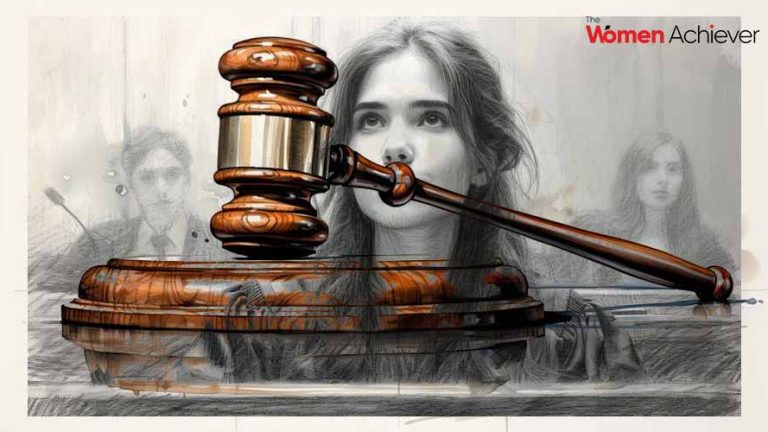Legal Support for Women Victims of Abuse in India: Rights, Laws, and Resources
Violence against women is still a major problem in India, where it can take many different forms, such as emotional abuse, sexual assault, domestic violence, and harassment. Over time, legal frameworks have changed to address these issues and provide women with the assistance and security they require. Access to these materials and understanding are still essential, though.
Important Legal Clauses for Women
1. The 2005 Protection of Women Against Domestic Abuse Act
The goal of this comprehensive law is to protect women from all types of domestic abuse, including verbal, physical, sexual, emotional, and financial abuse. This statute allows victims to request financial assistance, custody of children, protection orders, and residence orders. It offers a more victim-centred strategy, enabling women to complain without worrying about reprisals.
2. The Indian Penal Code (IPC), Section 498A
The IPC’s Section 498A deals with cruelty committed by a spouse or his family members, including harassment that is both physical and psychological. It is a crime that carries a maximum sentence of three years in jail. The harassment associated with dowries, which is still a major problem in India, is also covered by this clause.
3. The 2013 Act on the Prevention, Prohibition, and Redress of Sexual Harassment of Women at Work
The purpose of this act is to stop and address sexual harassment at work. It gives organizations a defined framework for handling complaints and requires the creation of Internal Complaints Committees (ICC). The act covers online harassment in addition to harassment that occurs in physical workplaces.
4. The Nirbhaya Act, also known as the Criminal Law (Amendment) Act, 2013
The Nirbhaya Act reinforced the current legal framework to protect women from sexual assault after it was introduced in response to the 2012 Delhi gang-rape case. The act expedited the legal procedure for rape cases and imposed harsher penalties for offenses like voyeurism, stalking, acid attacks, and rape.
Mechanisms of Support for Victims
1. Online portals and helplines
Numerous national helplines, such as 181 and 1091, offer emergency support and counselling to women. Online complaint portals are provided by the National Commission for Women and a number of NGOs to allow victims to quietly report abuse.
2. Support and Legal Aid
The State Legal Services Authorities and the National Legal Services Authority (NALSA) offer free legal assistance to woman victims. Legal aid cells, district legal services authorities, or special women’s cells in police stations are some of the ways that women might obtain these services.
3. One-Stop Center’s for Crises
These government-run establishments, often referred to as Sakhi Centers, offer women psychological, legal, and medical support all at one location. They are essential in providing victims of violence with thorough and prompt support.
Obstacles and the Future
Even with strong legal systems, obstacles including societal stigma, ignorance, insensitive police, and drawn-out court proceedings frequently discourage women from pursuing justice. A multifaceted strategy is needed to remedy these gaps, including educating law enforcement personnel, stepping up awareness campaigns, and fortifying victim support systems.
India has made significant progress in providing legal assistance to women who have been abused, but more work must be done to guarantee that laws are accessible and efficiently applied. In a culture that values women’s safety and dignity, they must be given the confidence to speak up without fear and be guaranteed justice.
Conclusion: Laws alone are not enough to combat abuse; society as a whole must also be committed to putting an end to violence against women. India can set the path for a more secure and equitable environment for all women by raising awareness, offering legal assistance, and fortifying institutional structures.





Add comment